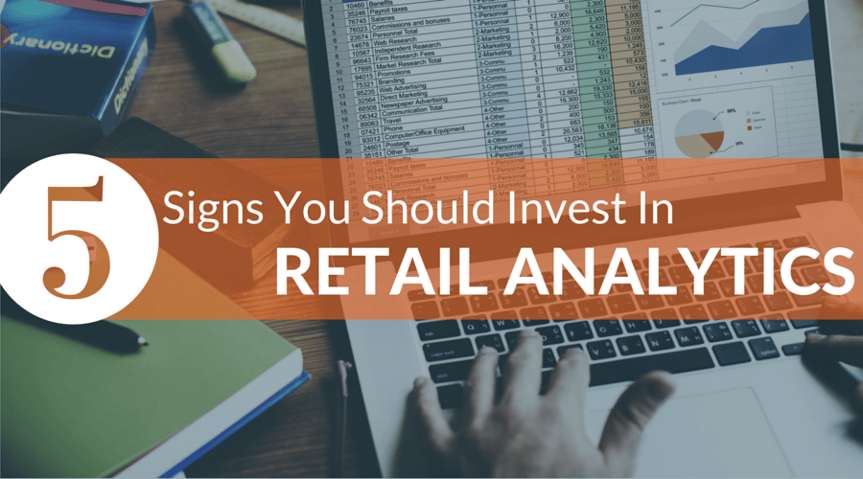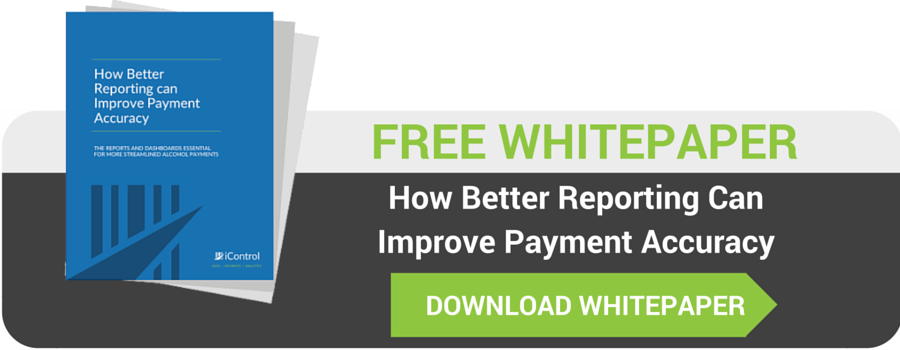
Using analytics to understand your retail business is becoming more essential as the business world grows increasingly complex. Fundamental data points such as POS sales, inventory levels, deliveries and credits, shrink and promotional performance can provide invaluable insights into your business. However, this is only possible if you are able to go beyond the surface to understand this data on a deeper level. To do that, retailers of all sizes have begun to invest in advanced retail analytics solutions.
If you are still debating whether it is the right time, here are five signs you need to make that investment today:
1. You and Your Suppliers Don't Share Data
It may seem obvious, but working from the same data set is essential for retailers and suppliers to build their mutual business collaboratively. Retailers should be able to review POS data daily or weekly and at the store/UPC level, while suppliers can use that same data to monitor orders and replenishment to ensure sufficient inventory levels in your stores.
Suppliers can contribute data such as store deliveries, credits and even inventory counts that can be used by the retailer to gain a more holistic view of inventory management including service levels and order fulfillment rates by route and driver. This can provide additional context for sales performance while establishing greater accountability throughout the supply chain.
In order to take full advantage of data, select a retail analytics solution that is built on industry-leading data sharing methodologies that efficiently manage the exchange, synchronization, and ongoing validation of data between retailers and suppliers.
SEE ALSO: How Scan-Based Trading Can Improve Inventory Management and Increase Customer Satisfaction
2. Your Sales Reports Don't Dig Deep Enough
Perhaps you've been tracking POS sales using data management software that displays your financial data in a static dashboard or uses summary reporting. Although this provides a high level view of your sales performance, to truly understand the factors driving sales up or dragging them down, it is essential to access the details of individual stores, departments, categories, brands and even products.
In addition, if you still have to download POS sales data into a spreadsheet for analysis, you are not taking advantage of industry-leading reporting suites that can handle big data management while also providing best-in-class analytics that eliminate the need for manual data manipulation.
The most advanced retail analytics solutions offer more dynamic dashboards and reports that feature custom hierarchies, filters, and powerful drill downs from right within the report. Simply clicking on a specific stat, trend, or metric can produce the insights you need to take action.
3. You Run Promotions, But Don't Track ROI
Regardless of whether your pricing strategy is EDLP or High/Low, it is essential to track, measure and calculate ROI on promotional activity. Trade spending can be a manufacturer's biggest budget line item, and being aligned on when and how to allocate those funds can have a significant impact on your business.
Evaluation of promotional performance should include key metrics such as "Promotional Sales $", "Incremental Lift %", "Incremental Sales $" and "Promotional ROI". If your view of promotional activity is limited to top line sales spikes, it is time for you to invest in a retail analytics solution that can take your pricing strategy to the next level, while optimizing trade spend for both you and your suppliers.
4. You Rely Solely on Syndicated Data
Syndicated data can certainly provide retailers with valuable insights into category performance compared to your competitors and the marketplace. But, if retailers are not able to validate those insights by analyzing their own POS sales data, it can be difficult to establish accountability both internally and with their supplier partners.
A best-in-class retail analytics solution should be the main source of data analysis used to evaluate your business, and only complemented by syndicated data to provide comparisons to overall market performance. Even supplier business reviews should be facilitated using actual data and sales performance as aggregated and presented in more advanced retail analytics solutions.
SEE ALSO: 9 Ways You Didn't Realize You Could Utilize Retail Analytics
5. You Have Loyalty Card Data, But Aren't Using It
Many retailers offer loyalty cards to their valued customers that allows them access to promotional pricing, special offers and exclusive coupons. Each loyalty card has a unique identifier that is attached to each transaction when it is used. This identifier can track customer shopping behavior over time, and provide valuable insights into shopping order size, market basket analysis, and purchase affinities.
It can also add another layer of context when analyzing coupon and promotional performance. To take full advantage of this data, retailers should invest in an advanced enterprise analytics platform that can turn their loyalty card data into shopper insights.
At iControl, we'll give you the best retail analytics solution in the industry for a more comprehensive view of your retail business.
Contact us to find out more about our data and analytics platform operating in real-time.
Click here to download our whitepaper on how our software will improve your payment accuracy - and your business as a whole.
